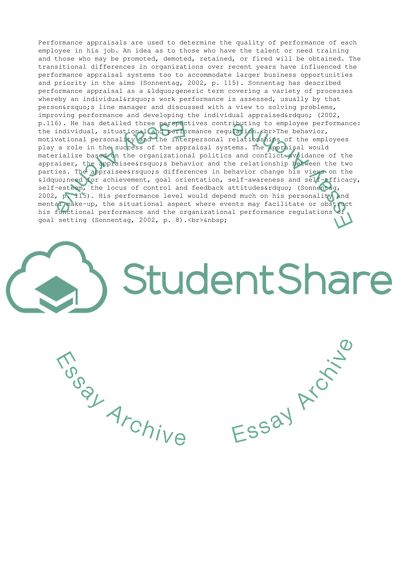Cite this document
(“Performance Management: Concepts & Definitions Literature review”, n.d.)
Performance Management: Concepts & Definitions Literature review. Retrieved from https://studentshare.org/management/1556996-performance-management-assessment-item-1-essay
Performance Management: Concepts & Definitions Literature review. Retrieved from https://studentshare.org/management/1556996-performance-management-assessment-item-1-essay
(Performance Management: Concepts & Definitions Literature Review)
Performance Management: Concepts & Definitions Literature Review. https://studentshare.org/management/1556996-performance-management-assessment-item-1-essay.
Performance Management: Concepts & Definitions Literature Review. https://studentshare.org/management/1556996-performance-management-assessment-item-1-essay.
“Performance Management: Concepts & Definitions Literature Review”, n.d. https://studentshare.org/management/1556996-performance-management-assessment-item-1-essay.


